Imagine coming home to find your cat cowering under the bed, eyes wide and body tense. It’s not just a bad day—sometimes, it’s a sign that your furry friend doesn’t feel safe or loved in their environment. Cats are astonishingly sensitive creatures, and their behaviors can speak volumes about what’s happening behind closed doors. If you’ve ever wondered why your cat acts a certain way, the answer might be heartbreakingly simple: they don’t feel secure. Let’s dive into the surprising, sometimes shocking ways cats show distress when their homes don’t offer them the comfort and love they crave.
1. Excessive Hiding
When cats consistently seek refuge in closets, under beds, or behind furniture, it’s a glaring sign that something isn’t right. In unfriendly or unpredictable homes, hiding becomes a coping mechanism. The cat is trying to shield itself from perceived threats—whether that’s loud noises, harsh handling, or just a lack of affection. Over time, you may notice your cat only appears at night or when the house is quiet, which means they never truly relax. This behavior isn’t just shyness; it’s a desperate attempt to feel safe. For a cat lover, this can be heartbreaking to witness. When a cat hides all the time, it’s like watching a friend retreat into themselves, unable to trust the world around them.
2. Aggression Toward Humans and Other Pets
Unsecure environments can turn a once-gentle cat into a defensive, sometimes aggressive animal. Hissing, scratching, and biting aren’t always signs of a “bad cat”—often, they’re cries for help. In homes where cats feel threatened or unwelcome, aggression is their way of setting boundaries. They might lunge at hands, swat at other pets, or even chase people away from their favorite spots. Imagine living in a place where you always feel on edge; it’s no wonder these cats lash out. If your cat suddenly becomes aggressive, it might be time to take a closer look at the energy and interactions within your home.
3. Over-Grooming or Self-Mutilation
When cats feel anxious or unsafe, they sometimes respond by over-grooming. You might spot bald patches or irritated skin where your cat has licked or chewed themselves raw. This compulsive behavior, called psychogenic alopecia, is the feline version of biting your nails until they bleed. It’s a heartbreaking habit, often triggered by stress, lack of stimulation, or emotional neglect. If your cat seems obsessed with cleaning, it’s not about vanity—it’s about finding comfort in a world that feels unpredictable.
4. Loss of Appetite or Overeating
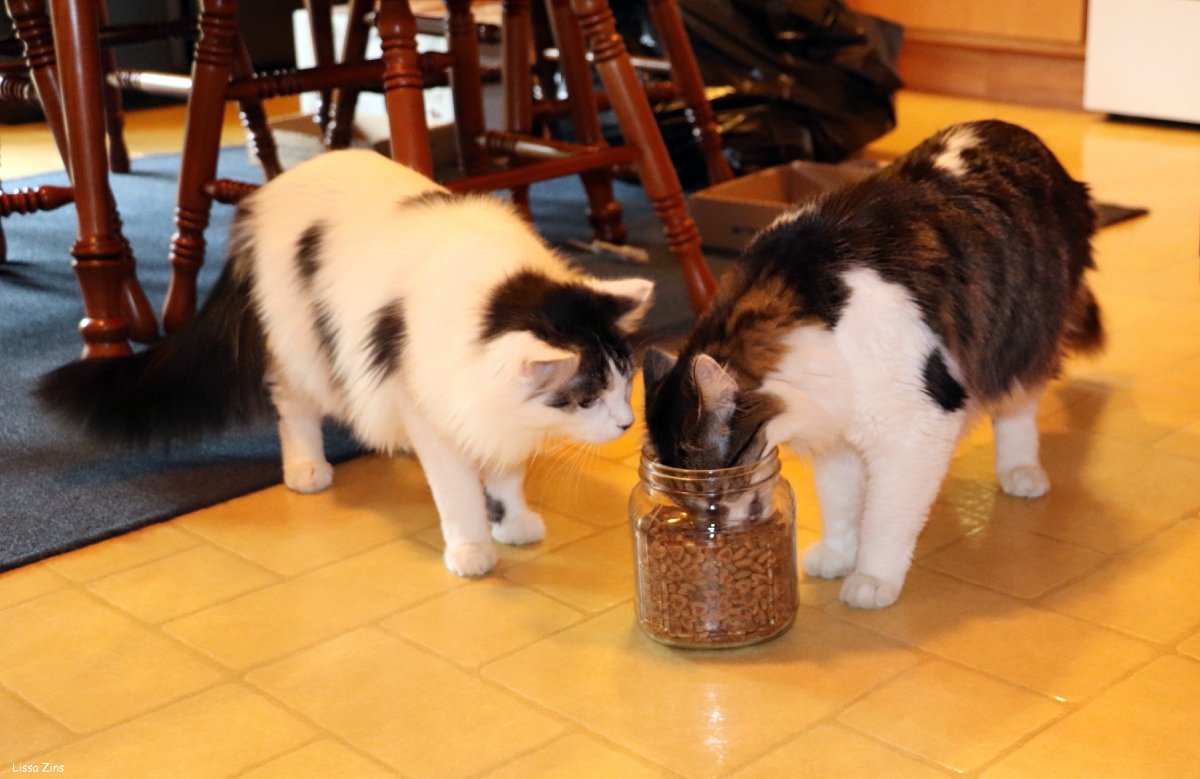
A sudden change in eating habits is a red flag for any cat parent. In unsecure, unfriendly homes, some cats lose interest in food altogether, skipping meals and losing weight. Others may eat compulsively, seeking solace in their food bowl. Both extremes are dangerous and can lead to serious health issues. A cat that eats to fill an emotional void or refuses food out of anxiety is silently begging for help. Changes in appetite reflect changes in emotional wellbeing—don’t ignore them.
5. Litter Box Avoidance
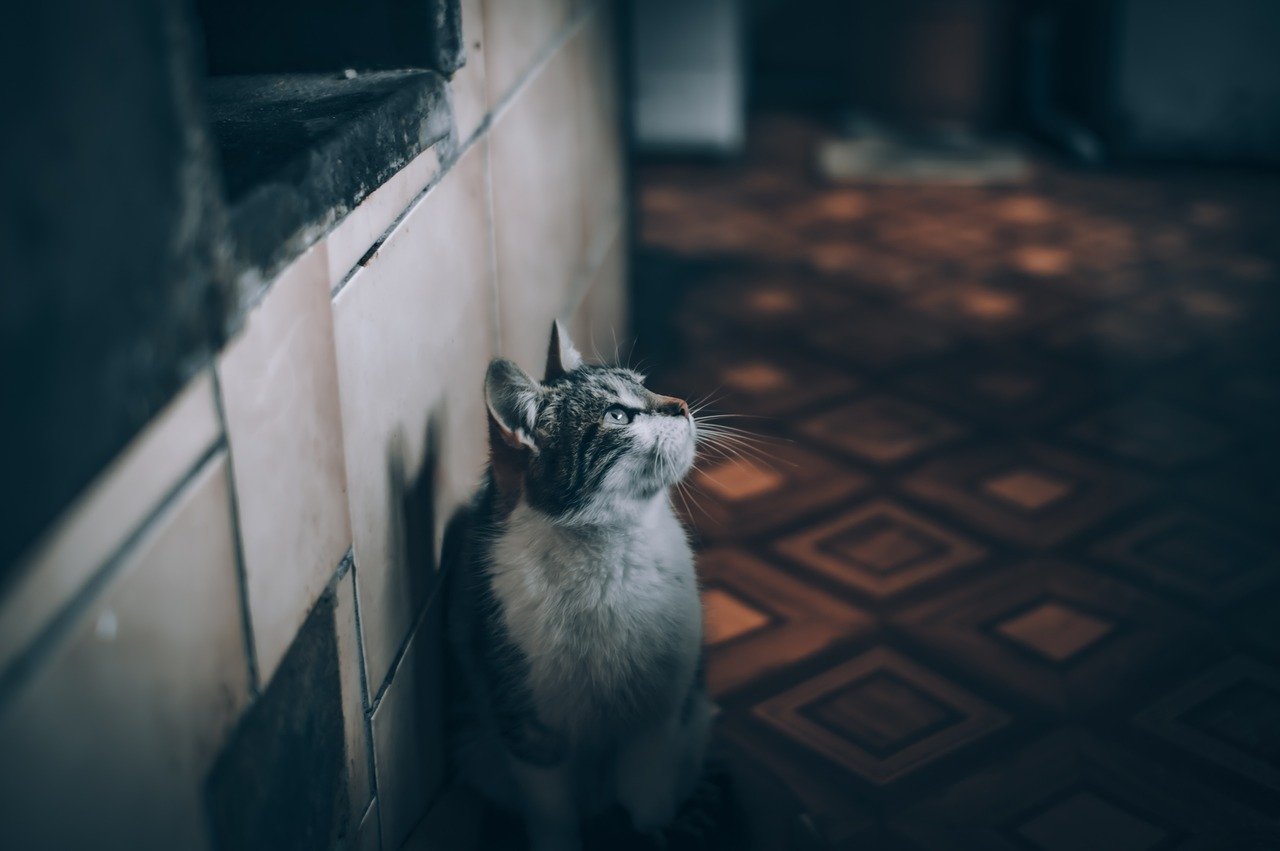
If your normally tidy cat starts urinating or defecating outside the litter box, it’s more than just an inconvenience—it’s a scream for attention. Stress, fear, and insecurity can disrupt even the most solid litter habits. Cats may associate their box with negative experiences or simply feel too vulnerable to use it. Imagine the frustration on both sides: the cat is distressed, and the owner is bewildered or angry. This cycle can only be broken by addressing the root cause—the environment itself.
6. Destructive Scratching
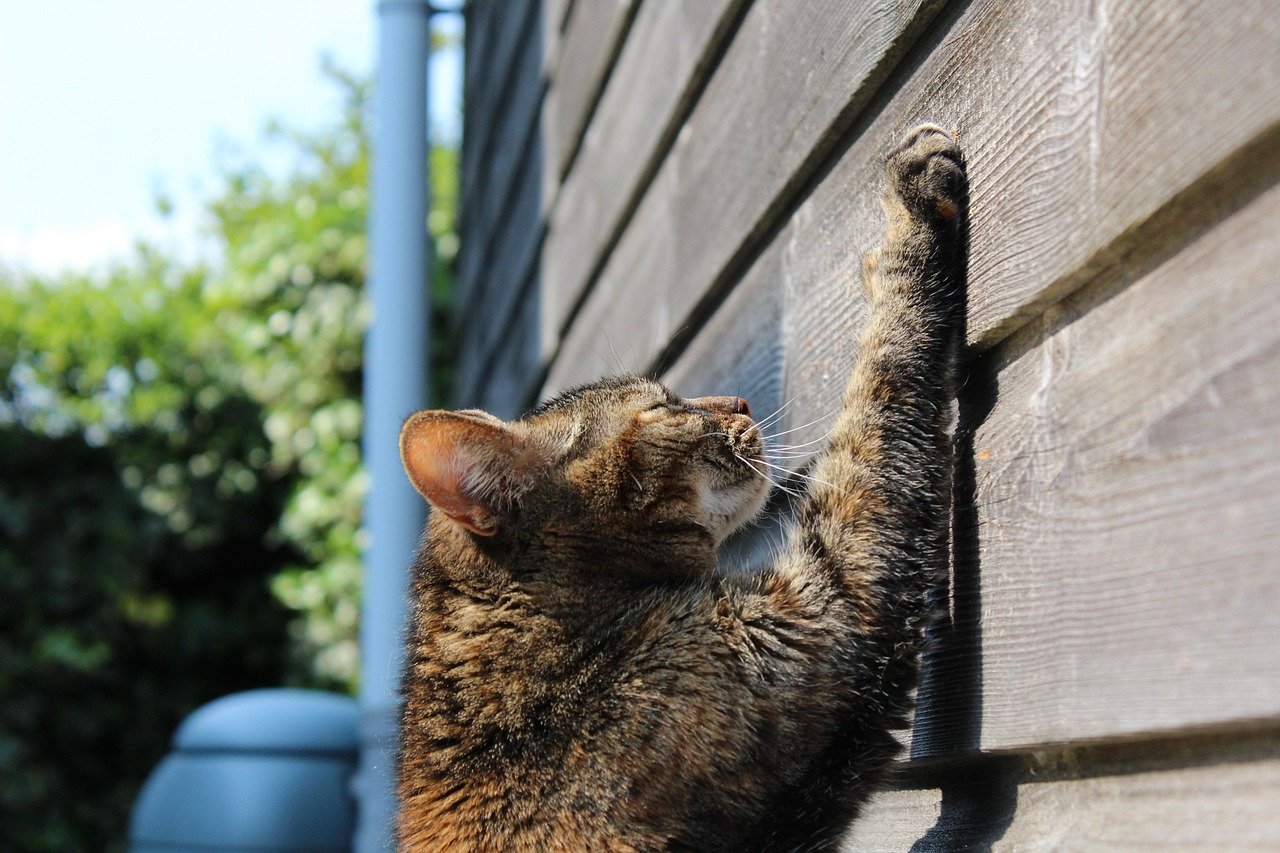
Scratching is natural for cats, but in unhappy homes, it can become excessive or destructive. Instead of using their scratching post, they might attack furniture, doors, or walls. This isn’t just a naughty habit; it’s a desperate attempt to mark territory and create some sense of control. For cats, scratching releases stress and leaves their scent behind—a way to reassure themselves in an unsafe world. When their environment lacks comfort, your sofa often pays the price.
7. Excessive Vocalization
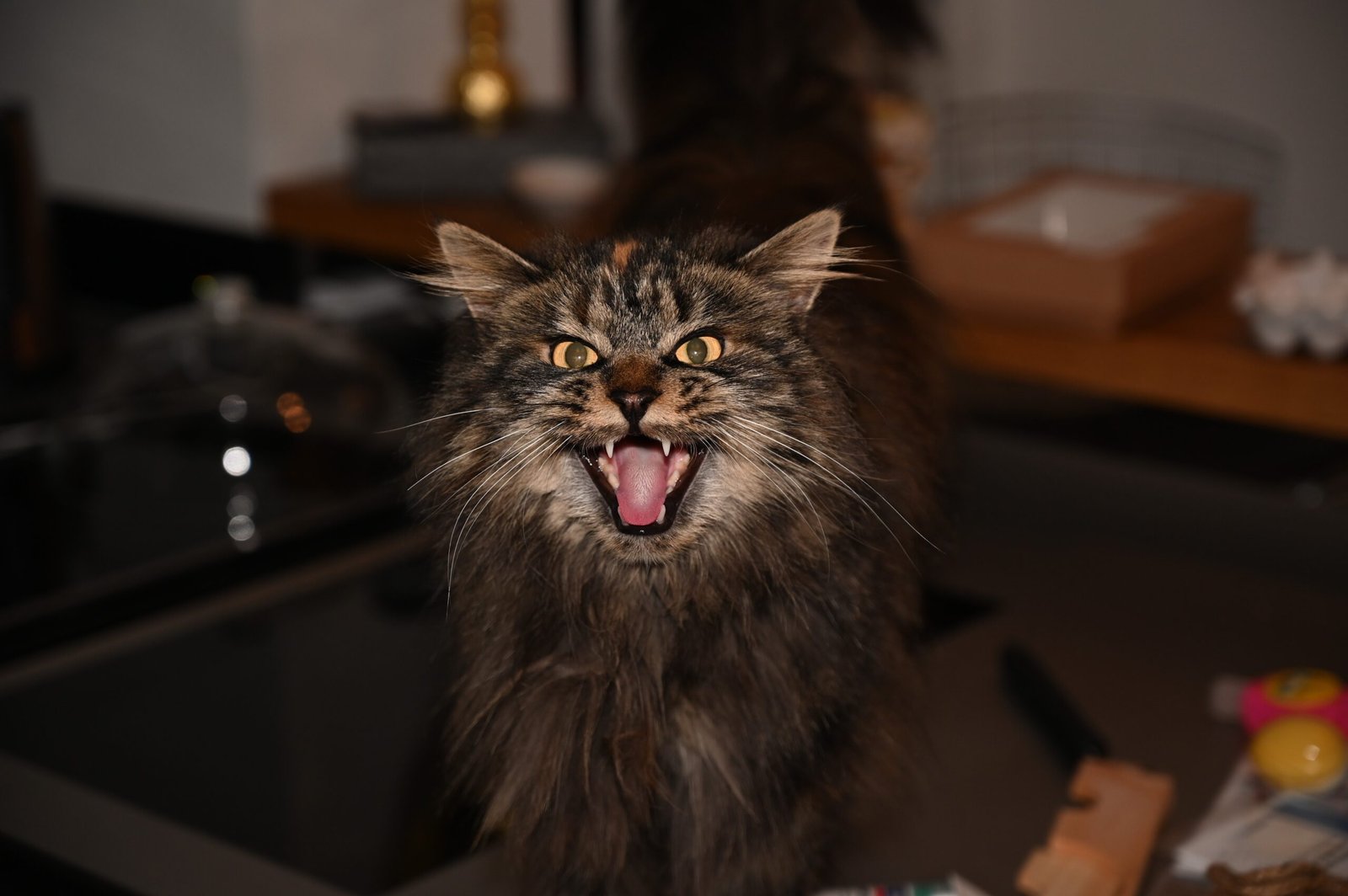
Some cats go silent when they’re stressed, but others become unusually vocal. Constant meowing, yowling, or even crying at night can be the result of anxiety or loneliness. These sounds aren’t just noise—they’re communication. Your cat may be calling for attention, help, or simply expressing their distress. It’s like a child crying when left alone in a strange place. If your cat has become a chatterbox, don’t just shush them—listen to what they’re trying to say.
8. Withdrawal from Social Interaction
In a secure home, most cats enjoy at least some level of interaction with their humans. But in an unfriendly environment, they may retreat entirely, ignoring family members and avoiding playtime. The cat who once greeted you at the door now hides or shows zero interest in cuddling. This social withdrawal can be devastating for both pet and owner, turning the home into a lonely place for everyone. It’s a stark reminder that love and kindness matter more than we realize.
9. Sudden Startle Responses
Does your cat jump at every sound, bolt from the room at a sneeze, or freeze when someone enters? These startle responses are classic signs of a cat who doesn’t feel safe. In an unpredictable home, cats are always on high alert, ready to flee from perceived danger. This constant state of tension is exhausting and can lead to long-term anxiety issues. The cat’s body language—a puffed tail, wide eyes, flattened ears—tells you everything you need to know.
10. Compulsive Pacing or Restlessness
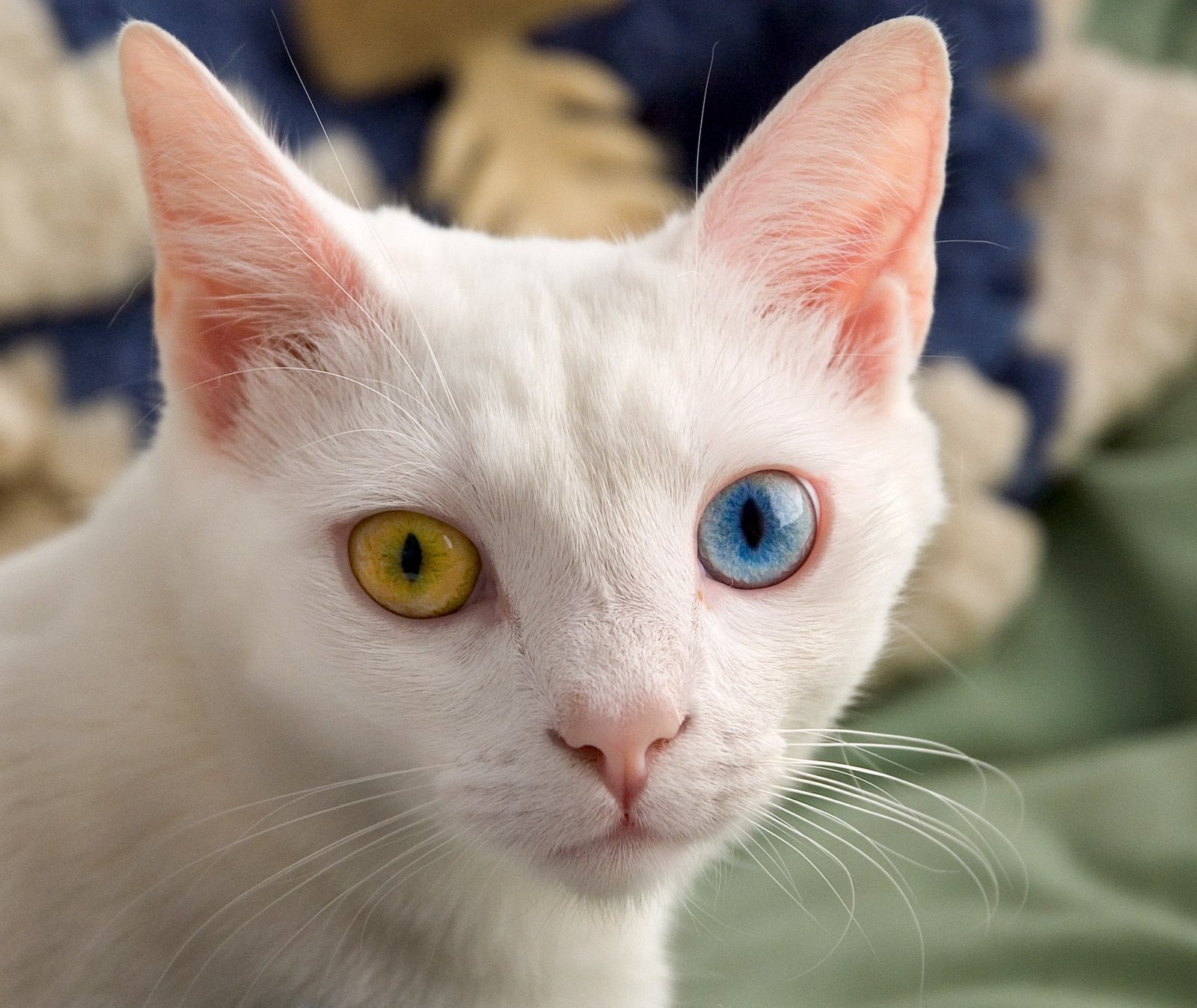
Restless pacing is a behavior that’s easy to overlook, but it speaks volumes. A cat who can’t settle, who moves from room to room without purpose, is a cat in distress. This behavior is often seen in homes where there’s little affection or too much chaos. The cat is searching for a safe spot, but never quite finds it. It’s like wandering through a maze, always looking for an exit that never appears. For cat lovers, noticing this can be a wake-up call to create a more peaceful environment.
11. Flattened or Defensive Posture
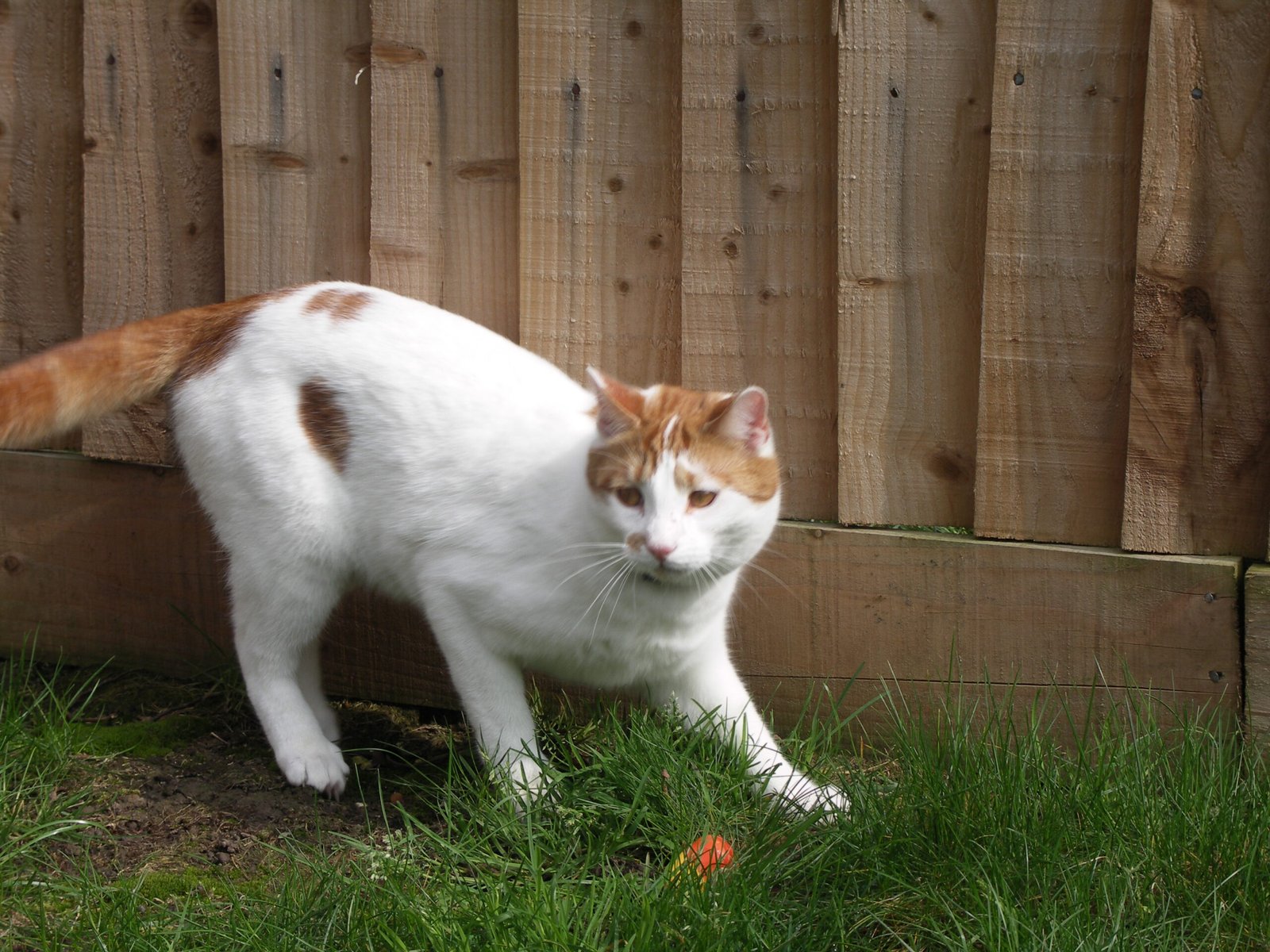
Body language is everything for cats. In a hostile home, cats often walk low to the ground, tails tucked, and ears flat. They might flinch when approached or freeze when touched. These defensive postures are survival tactics, signaling that the cat feels threatened. Even reaching out to pet them can provoke a fearful reaction. It’s painful to see a beloved pet shrink away, but it’s their only way of protecting themselves from a world that feels unpredictable.
12. Unusual Sleeping Patterns
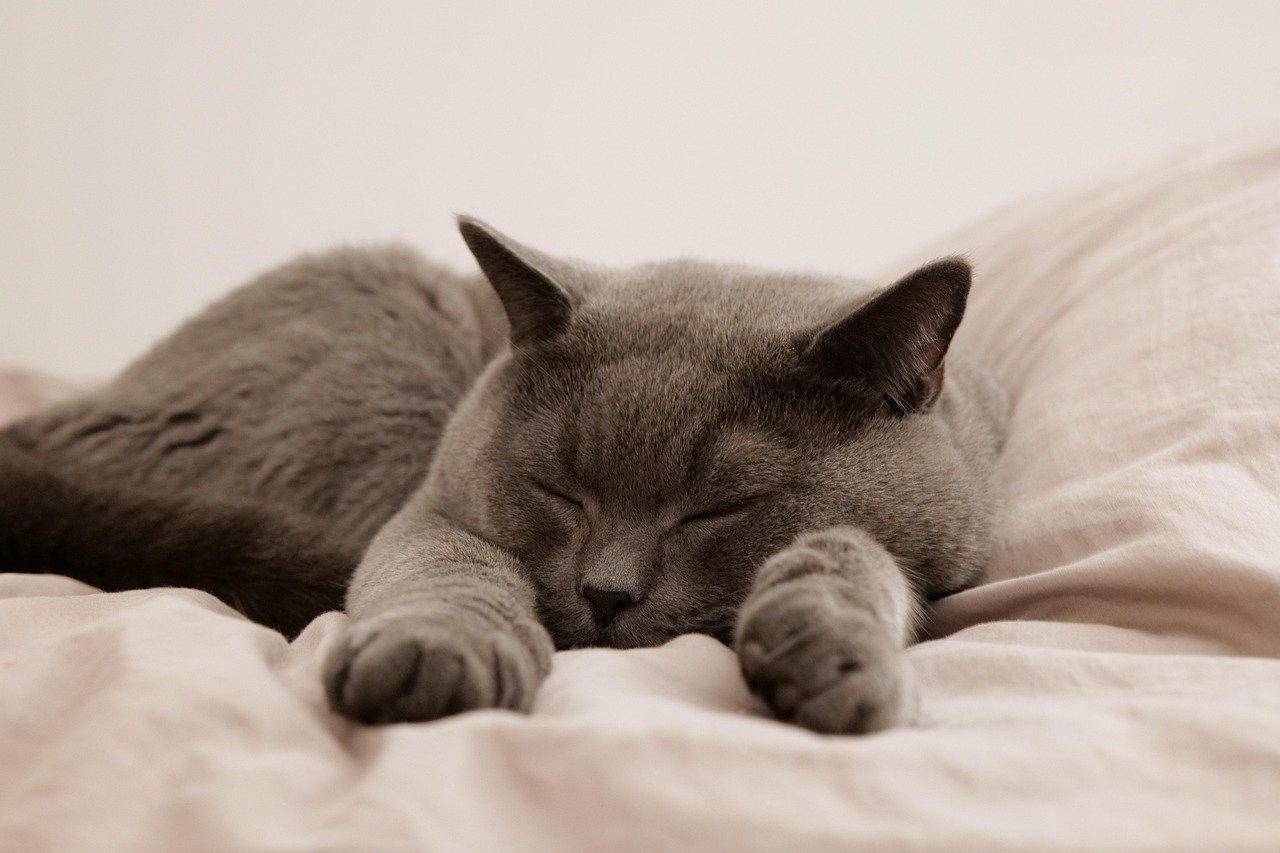
Cats love their naps, but in an unfriendly home, their sleeping habits may change drastically. Some may sleep all day, trying to escape reality, while others become nocturnal, only venturing out when the house is quiet. These changes are more than just quirks—they’re signs that your cat doesn’t feel safe enough to rest normally. Imagine not being able to relax even in your own home; that’s the reality for many cats in stressful environments.
13. Loss of Interest in Play
Play is a sign of a happy, secure cat. When that spark disappears, it’s a cause for concern. Toys go untouched, and games that once brought joy are ignored. This loss of curiosity is often the result of emotional neglect or an overwhelming environment. The cat’s world has become so stressful that even simple pleasures lose their appeal. It’s a silent cry for a more nurturing, engaging home.
14. Refusal to Use Favorite Spots
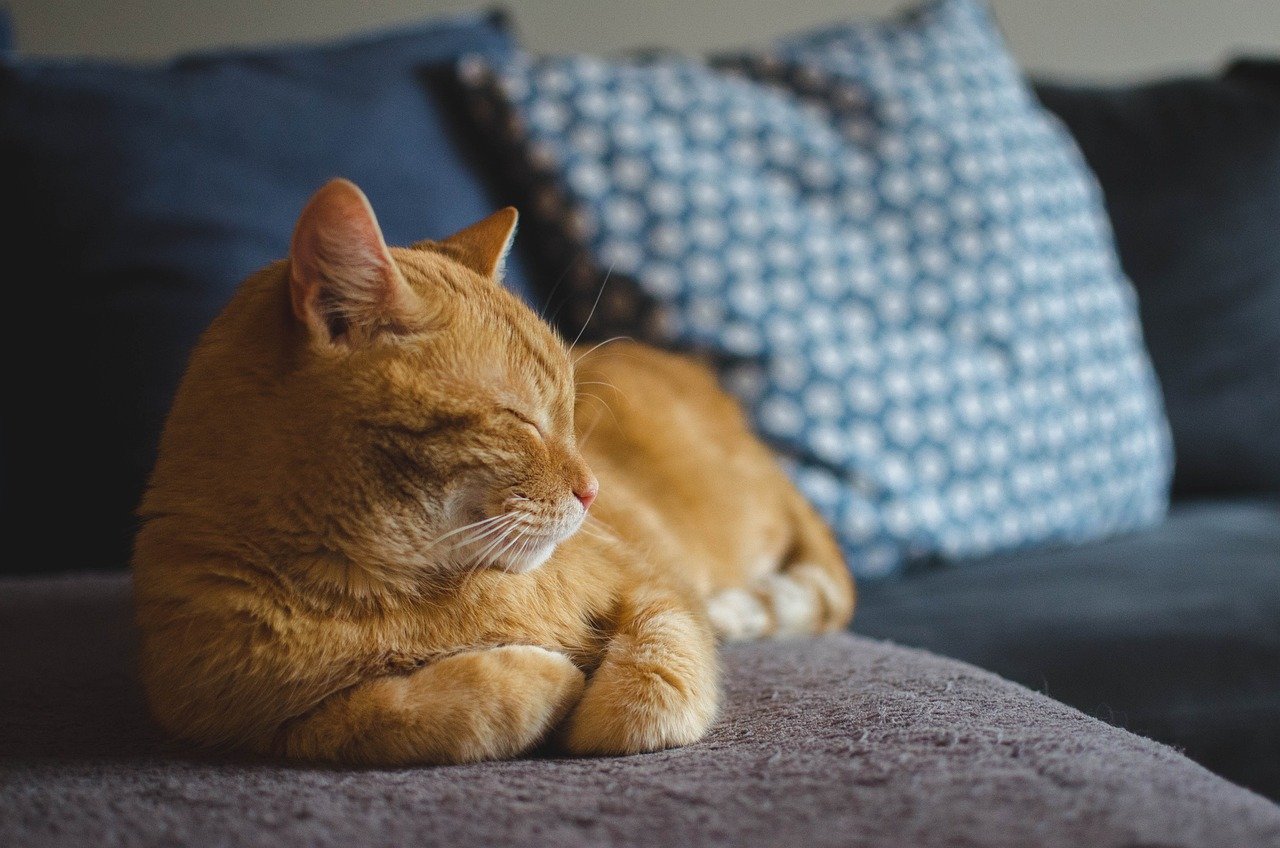
Cats are creatures of habit, often returning to the same cozy spots to nap or watch the world go by. In an insecure home, these favorite places may be abandoned. Whether it’s a sunny windowsill or a soft bed, the cat avoids these areas because they no longer feel safe. This change can be subtle, but it reveals a deep level of unease. When a cat gives up their sanctuary, it’s time to look closely at what’s changed in their environment.
15. Over-Attachment or Clinginess
It might seem strange, but in some cases, insecure cats become overly attached to one person. They follow their chosen human everywhere, insist on constant attention, and panic when left alone. This clinginess isn’t just cute—it’s a sign of deep anxiety. The cat is desperately seeking reassurance in a world that feels unsafe. While it can be flattering to be your cat’s chosen comfort, it’s also a sign that something in their wider environment isn’t right.
When a home doesn’t feel safe or welcoming, cats often show it through their behavior—hiding, hissing, over-grooming, or even acting distant. These aren’t just quirks; they’re signs your feline friend isn’t feeling secure. The good news? A calmer, more stable environment can help them feel at ease and bring out their loving, playful side. Cats thrive where they feel respected and understood. A little effort in creating a peaceful space can make a big difference in your cat’s happiness.

Andrew Alpin from India is the Brand Manager of Doggo digest. Andrew is an experienced content specialist and social media manager with a passion for writing. His forte includes health and wellness, Travel, Animals, and Nature. A nature nomad, Andrew is obsessed with mountains and loves high-altitude trekking. He has been on several Himalayan treks in India including the Everest Base Camp in Nepal.






